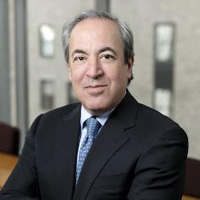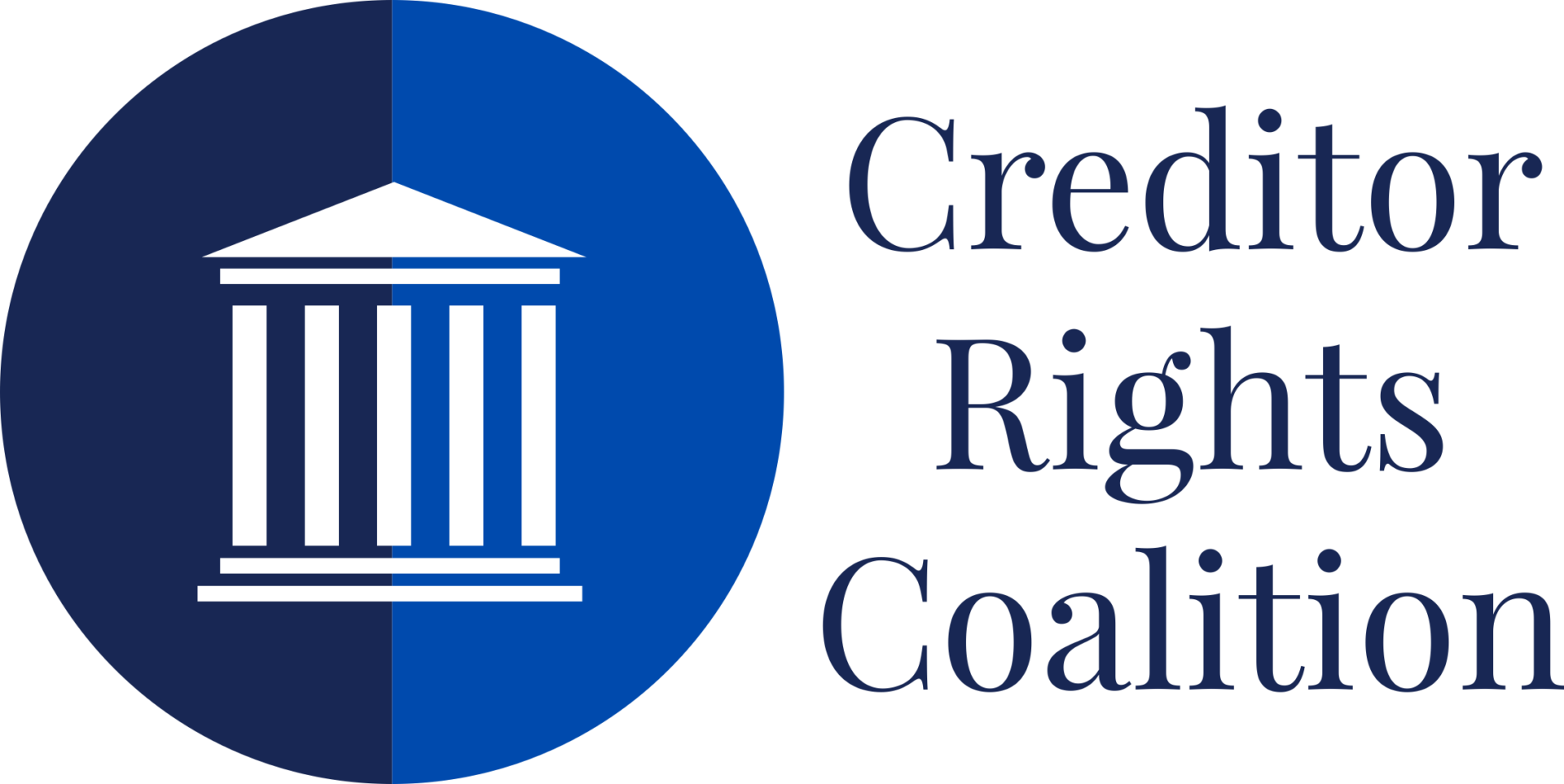Paul Silverstein Speaks on the Purdue Pharma decision

Hunton Andrews Kurth
It is often said that when a court articulates a list of factors or elements required to grant requested relief, the court is creating law where no statutory authority for such relief exists. This seems particularly apparent in Chapter 11 cases where relief, which may be necessary under the facts and circumstances of a particular case, is not authorized under the Bankruptcy Code but without such relief the reorganization would fail and not otherwise be achievable. The Second Circuit’s May 30th Purdue Pharma opinion is such a case. In Purdue, the Second Circuit reversed a well-reasoned District Court opinion which had reversed the bankruptcy court’s plan confirmation order. The District Court ruled that non-consensual third-party releases of direct claims against non-debtors stemming from mass tort liabilities from the opioid crisis are not permitted or authorized under the Bankruptcy Code. In finding such non-debtor releases permissible, and setting forth the factors required to permit such releases, the Second Circuit began its opinion explaining that we live in an imperfect world where results in Chapter 11 cases are creatures of compromise:
“Bankruptcy is inherently a creature of competing interests, compromises, and less than perfect outcomes. Because of these defining characteristics, total satisfaction of all that is owed – whether in money, or an injustice – rarely occurs.”
The Second Circuit went on to say that “when a bankruptcy is the result of mass tort litigation against the debtor, the complexities are magnified . . . .”
It is difficult to argue persuasively that Purdue’s reorganization plan with its non-debtor releases should not be implemented — particularly when the Sackler family increased its initial $4.5 billion contribution with an additional $1.6 billion after the District Court reversed the bankruptcy court’s confirmation order. As the Second Circuit also stressed, virtually all Purdue tort claimants and state authorities had withdrawn their opposition to the non-debtor releases after the appeal was filed with the district court; and the primary party challenging the non-debtor releases was the United States Trustee, which has no economic interest in the outcome of Purdue’s reorganization.
Notwithstanding the Second Circuit’s ruling in Purdue, the statutory authority relied upon for granting non-debtor releases — the extremely general provisions of Sections 1123(b)(6) and 105(a) of the Bankruptcy Code — is, at best, rather dubious authority, as the District Court held. In addition, that the Bankruptcy Code specifically addresses non-debtor releases only in the context of asbestos cases suggests a lack of statutory authority for non-consensual non-debtor releases in other contexts. The Fifth, Ninth, and Tenth Circuit Courts of Appeals have likewise held that non-consensual non-debtor releases are not permitted under the Bankruptcy Code. The Third Circuit, most recently in the Boy Scouts Chapter 11 case, and now the Second Circuit, under the conditions set forth in Purdue, allow them. Many believe that this clear Circuit split will end up being resolved by the Supreme Court.
After finding statutory authority for non-debtor releases under Sections 1123(b)(6) and 105(a) of the Bankruptcy Code (in addition to finding that it had previously allowed non-consensual non-debtor releases in at least two other cases), the Second Circuit cautioned that non-debtor releases are subject to strict scrutiny and must be reviewed by a district court. The Second Circuit identified seven factors courts must consider in evaluating such non-debtor releases. The factors that must be considered include whether the third parties are contributing “substantial assets,” whether the scope of the releases is appropriate under the circumstances, whether the affected creditors are being treated fairly and, most importantly, whether affected creditors approved the releases “overwhelmingly.” In Purdue, affected creditor support was, in fact, overwhelming.
Under its rationale, would the Second Circuit have approved the Purdue releases had the Sacklers not increased their contribution by $1.6 billion and had the objections to the releases not been withdrawn? One would hope not, but it’s not clear. In our less-than-perfect world and Chapter 11 process, the general tendency of courts (including district courts) to want Chapter 11 plans confirmed is often at odds with the negotiating vigor of claimants seeking greater recoveries by opposing non-debtor releases. One hopefully easy and fair way to read the Second Circuit’s Purdue ruling is that non-debtor releases must be virtually fully consensual, with overwhelming support, and fair to affected creditors, and that such requirements will be observed strictly by courts.
Copyright 2023 Creditor Rights Coalition
Please contact info@creditorcoalition.org for reprint permission.
